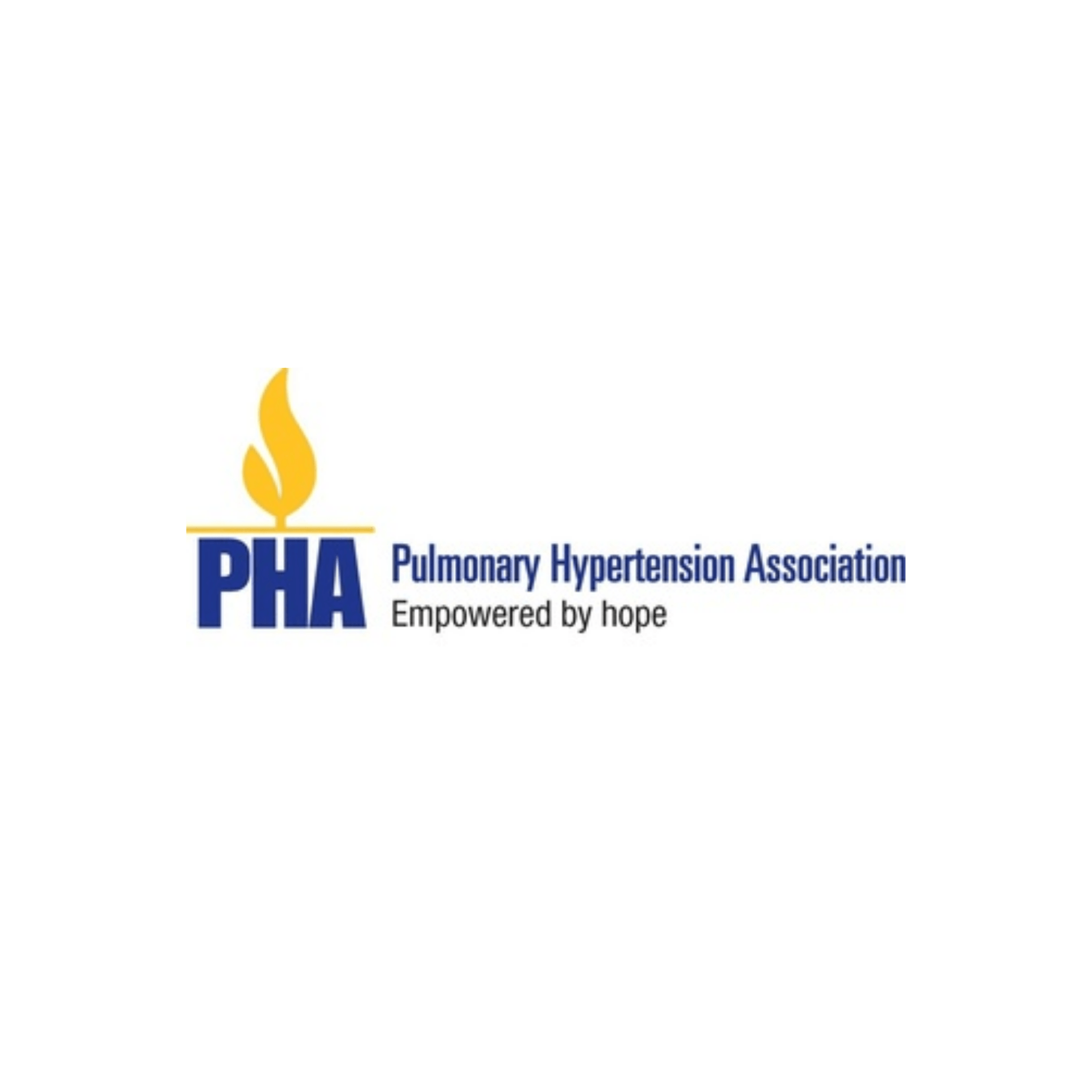LUNG CANCER
Lung cancer happens when normal cells in the lungs change into abnormal cells and grow out of control. There are different types of lung cancer. Some types grow much faster than others. In the United States, lung cancer is the biggest cause of deaths from cancer in men and women.
What are the symptoms of lung cancer?
Common symptoms of lung cancer can include:
- Cough
- Trouble breathing, or wheezing
- Spitting or coughing up blood
- Chest pain that can be dull, sharp, or stabbing
- Hoarse voice
- Headache and swelling of the face, arms, or neck
- Pain in the arm, shoulder, or neck
- Droopy eyelid or blurred vision
- Weakness of the hand muscles
Is there a test for lung cancer?
Yes. If your doctor suspects that you have lung cancer, she or she will do an exam and a chest X-ray. If the chest X-ray shows a spot that looks like it could be cancer, he or she will probably follow up with other tests. These can include:
- Blood tests
- CT scan — This test creates images of the inside of your body and can show abnormal growths.
- Biopsy – A doctor will remove a small sample of tissue from the lung. He or she will look at the sample under a microscope to see if it has cancer.
How is lung cancer treated?
Most people with lung cancer have one or more of the following treatments:
- Surgery — Lung cancer can sometimes be treated with surgery to remove the cancer.
- Radiation therapy — Radiation kills cancer cells.
- Chemotherapy — Chemotherapy is the term doctors use to describe a group of medicines that kills cancer cells.
- Targeted therapy — Some medicines work only for cancers that have certain characteristics. Your doctor might test you to see if you have a kind of lung cancer that would respond to these medicines.






